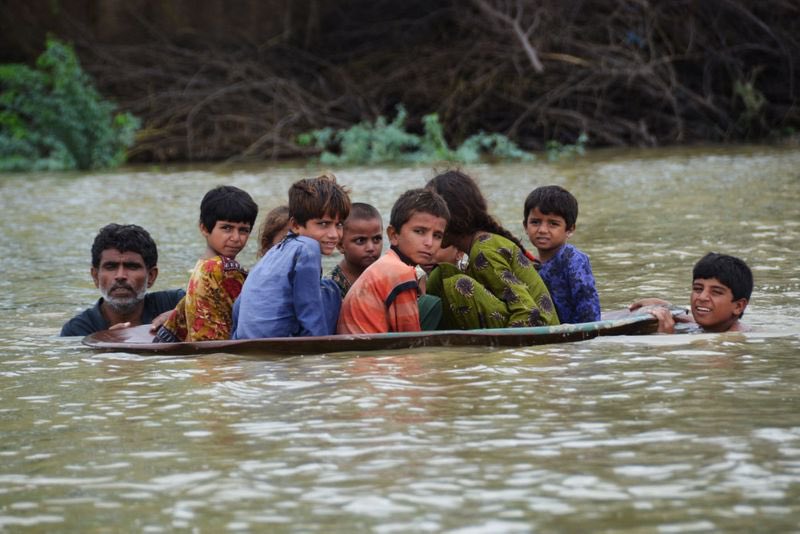Scientists are now able to provide a more accurate and timely assessment of the impact of the climate crisis on specific disasters using ever-more-powerful climate models and historical observations.
The global climate crisis has made some of the world’s most severe weather events much more likely, according to new research dubbed as “very alarming” by scientists.
These events include record heat in China, extreme rainfall in the UK, and California’s unrelenting drought.
According to the analysis of extreme events that occurred in 2021 and 2022, many of these extremes were made worse by global warming, and in some cases would not have happened at all without burning fossil fuels, reported The Guardian.
Around the world, the impact of climate change is being found.
Extreme rainfall that inundated parts of the UK in May 2021 was 1.5 times more likely as a result of global warming, while the risk of extreme drought that affected California and Nevada from October 2020 to September 2021 was made six times worse by the climate crisis and a strong periodic La Nina climate event.
Due to human-caused climate change, a severe heat wave in China in February 2021 was made between four and twenty times more likely, and the acute drought Iran experienced in 2021 is now 50% more likely due to the greenhouse gases humanity has pumped into the atmosphere.
A wide range of other severe effects can be partly or fully attributed to the climate crisis, such as the persistent cloud cover over the Tibetan plateau that inhibited vegetation growth. Meanwhile weather that triggered a dangerous wildfire in Cape Town, South Africa, in 2021 was made 90% more likely than it would have been otherwise.
These effects are thought to be the result of increased global temperatures, abnormal winds, and localised pollution.
The compilation of research, which the US National Oceanic and Atmospheric Administration (Noaa) presented at a conference, gathers some of the most recent instances of climate attribution, in which researchers were able to identify the precise role that human-induced climate change played in particular weather events and disasters.
Scientists are now able to provide a more accurate and timely assessment of the impact of the climate crisis on specific disasters using ever-more-powerful climate models and historical observations.
One study found that the climate crisis increased the likelihood of heavy rain by about 80 times, which led to devastating floods in Nigeria, Niger, and Chad last year.
Many of the temperatures currently observed are well above any modern historical norms, according to scientists, and are driving humanity into a new, risky state. For instance, a heatwave in South Korea in October 2021 was so extreme that it would be thought to occur only every 6,250 years, with temperatures nearly 7F higher than average.
However, if planet-heating gases are not drastically reduced, the climate models indicate that by 2060, this will become the new normal for South Korea.
The Pacific Northwest of the US, where temperatures are typically mild, may very well suffer the same fate as 2021, when a scorching heatwave claimed 600 lives. A later study discovered that the heatwave was 43 times more likely due to the climate crisis.







